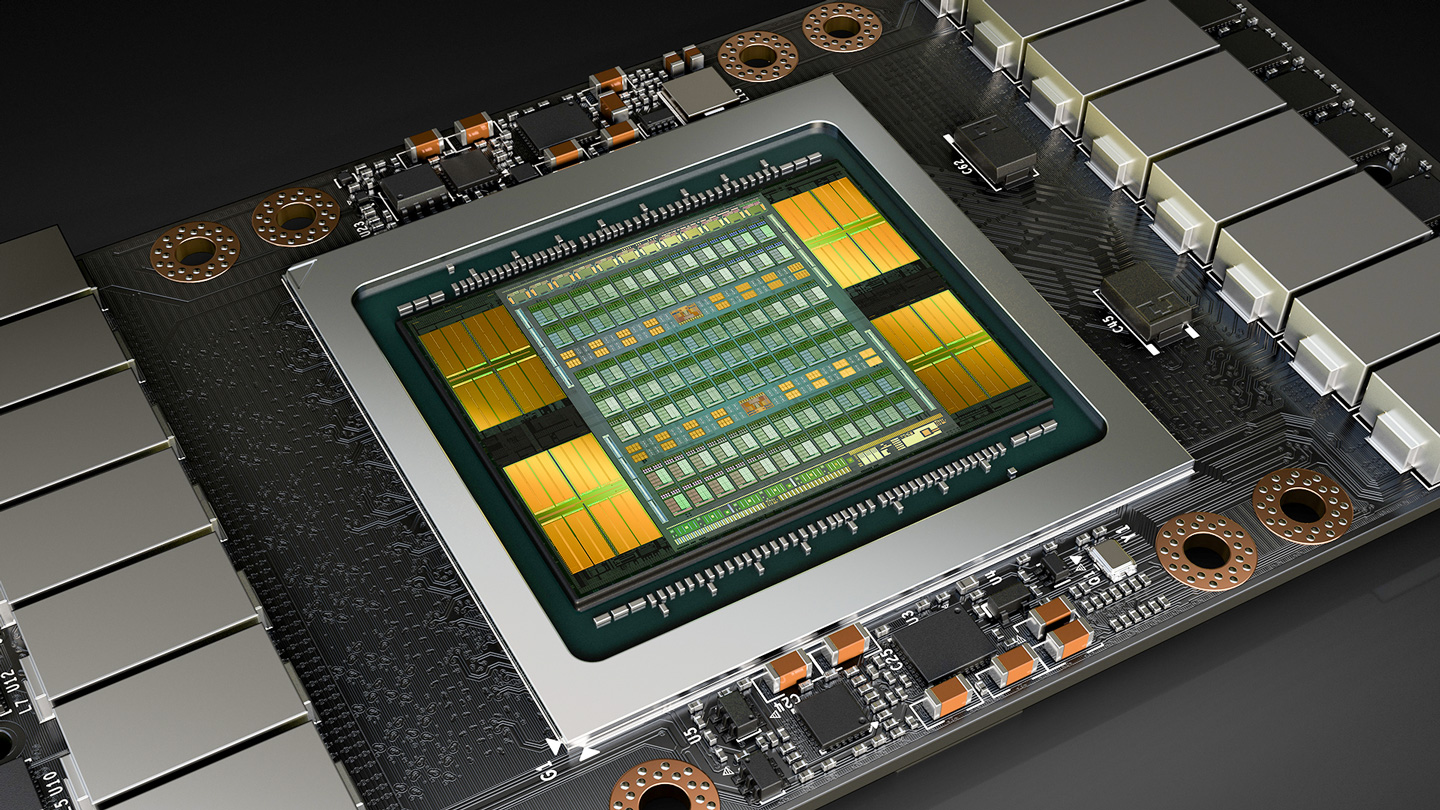
Step 5: Will my tech stack scale? Choosing a tech stack is a commitment that’s not easily reversed, so concerns related to future circumstances like scalability and performance are common. However, trying to address these concerns at the MVP stage would be premature. Many performance issues are a product of application design, not technology choice. […]

4. Consider the landscape of tools in your industry One of the keys to a successful MVP is reducing time to market. Capitalizing on existing tools can dramatically reduce the scope of work and effort required to launch your product. When selecting a programming language and other back-end technologies, first identify the best open source […]

3. Who is going to build this thing? Shortage of engineering talent is a major challenge for early stage startups. As a result, the availability of engineering team members will play a role in determining the right tech stack for your company. Certain tech stacks attract different types of candidates and will influence your company […]

Isn’t it curious that two of the top conferences on artificial intelligence are organized by NVIDIA and Intel? What do chip companies have to teach us about algorithms? The answer is that nowadays, for machine learning (ML), and particularly deep learning (DL), it’s all about GPUs. In his most recent Forbes Technology Counsel post, SVSG CTO […]

Advances in Machine Learning (ML) and Deep Learning (DL) technologies and techniques put greater demand on data centers and ML-optimized compute resources and bring a new wave of disruption to cloud providers. This will impact Amazon AWS, Microsoft Azure and other cloud providers as demand for the SMACK stack (spark, mesos, akka, cassandra, kafka) replaces […]
Velocity Wins “Ideas are cheap. Execution is everything.” We’ve all heard this quote more than once: in seminars, board rooms, even on television. This is in part, I surmise, because it is particularly relevant to the fast-moving, dynamic world of entrepreneurs, ie.. Silicon Valley. We regularly read about several startups with virtually the same idea […]

An MVP is all about getting a product into the hands of your customers quickly and learning from their feedback. Importantly, it also serves as a foundation for your engineering team to build on as your company grows. Before any code gets written, you will need to select the tech stack that will power your application.

Security matters. This is a short essay written by Silicon Valley-based Snowflake Computing’s Director of Security, Mario Duarte.

Too much debt, whether financial or technical, can cripple an organization’s freedom to move forward. However, unlike financial debt whose cost is spelled out in a statement, the burden of technical debt to a company is not immediately clear, as it cannot be measured by simply reading the code.

At SVSG, we regularly talk with early stage companies about a myriad of topics. One topic that comes up most often from first time founders is fundraising — how much should we raise for our seed round? My answer is always the same: Before the founders can raise a seed round, they need to ensure that they have built the foundation for doing so — what we call meeting the Five Pillars of Successful Seed Stage Fundraising. If they have not, we recommend that the startup step back and raise a pre-seed round in order to build their minimal viable product (MVP).